Welcome to the Amira-Avizo Software Use Case Gallery
Below you will find a collection of use cases of our 3D data visualization and analysis software. These use cases include scientific publications, articles, papers, posters, presentations or even videos that show how Amira-Avizo Software is used to address various scientific and industrial research topics.
Use the Domain selector to filter by main application area, and use the Search box to enter keywords related to specific topics you are interested in.
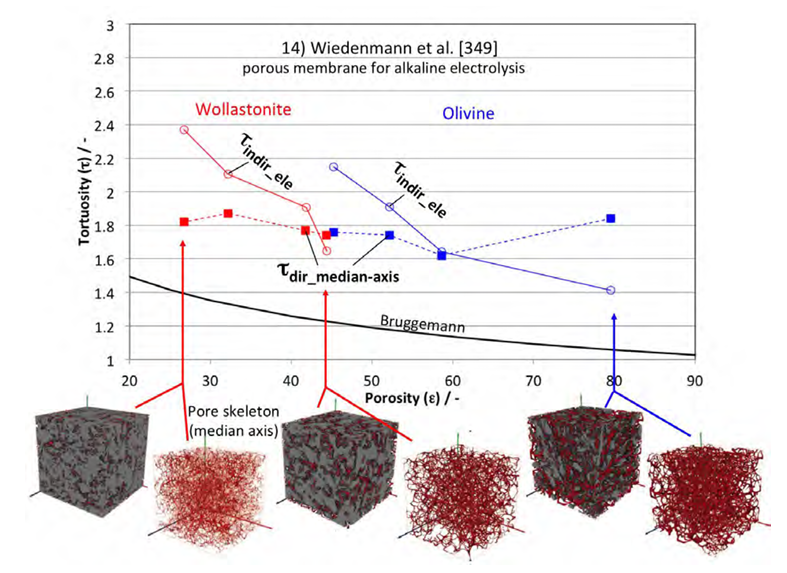
This study provides a comprehensive review of tortuosity and its impact on the transport properties of porous media. It discusses the classical theories and equations related to tortuosity for flow, conduction, and diffusion. The study also highlights the evolution of these theories and their connection to methodologies such as tomography and 3D image analysis. In order to clarify the topic, a new classification scheme and nomenclature for different types of tortuosity are proposed. The study... Read more
Holzer, L. *1, Marmet, P. 1, Fingerle, M. 2, Wiegmann, A. 2, Neumann, M. 3, Schmidt, V. 3
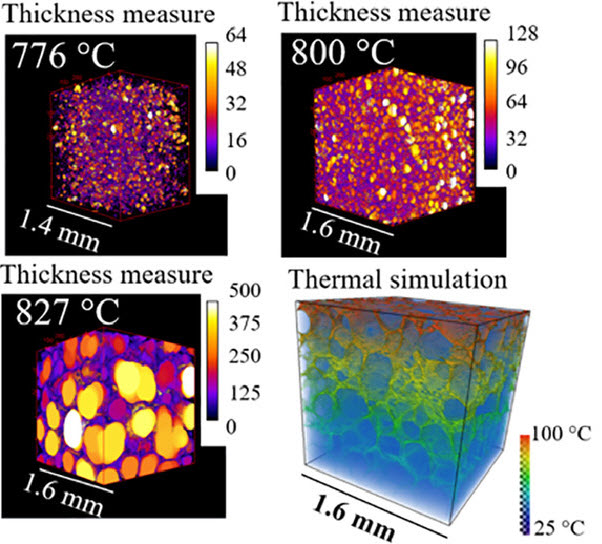
High-speed synchrotron X-ray imaging of glass foaming and thermal conductivity simulation
Glass foams are attractive thermal insulation materials, thus, the thermal conductivity (λ) is crucial for their insulating performance. Understanding the foaming process is critical for process optimization. Here, we applied high-speed synchrotron X-ray tomography to investigate the change in pore structure during the foaming process, quantifying the foam structures and porosity dynamically. The results can provide guidance for the manufacturing of glass foams. The 3D pore structures were a... Read more
Martin B. Østergaard, Manlin Zhang, Xiaomei Shen, Rasmus R. Petersen, Jakob König, Peter D. Lee, Yuanzheng Yue, Biao Cai
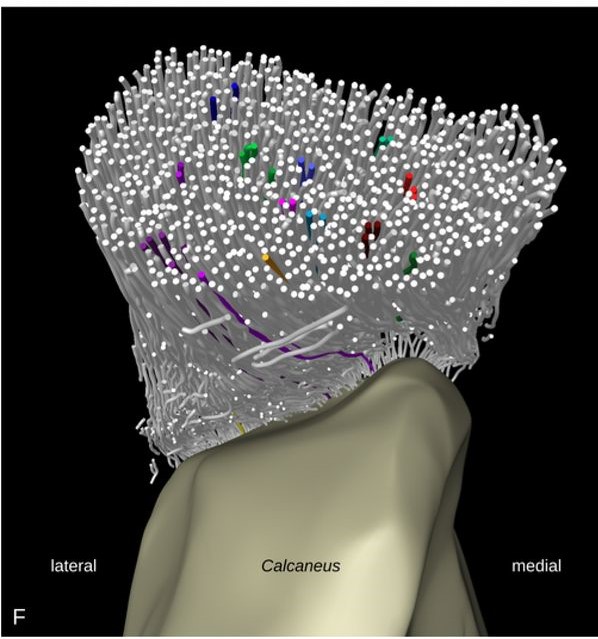
Tracking tendon fibers to their insertion – a 3D analysis of the Achilles tendon enthesis in mice
Tendon insertions to bone are heavily loaded transitions between soft and hard tissues. The fiber courses in the tendon have profound effects on the distribution of stress along and across the insertion. We tracked fibers of the Achilles tendon in mice in micro-computed tomographies and extracted virtual transversal sections. The fiber tracks and shapes were analyzed from a position in the free tendon to the insertion with regard to their mechanical consequences. The fiber number was found to... Read more
Julian Sartori, Heiko Stark
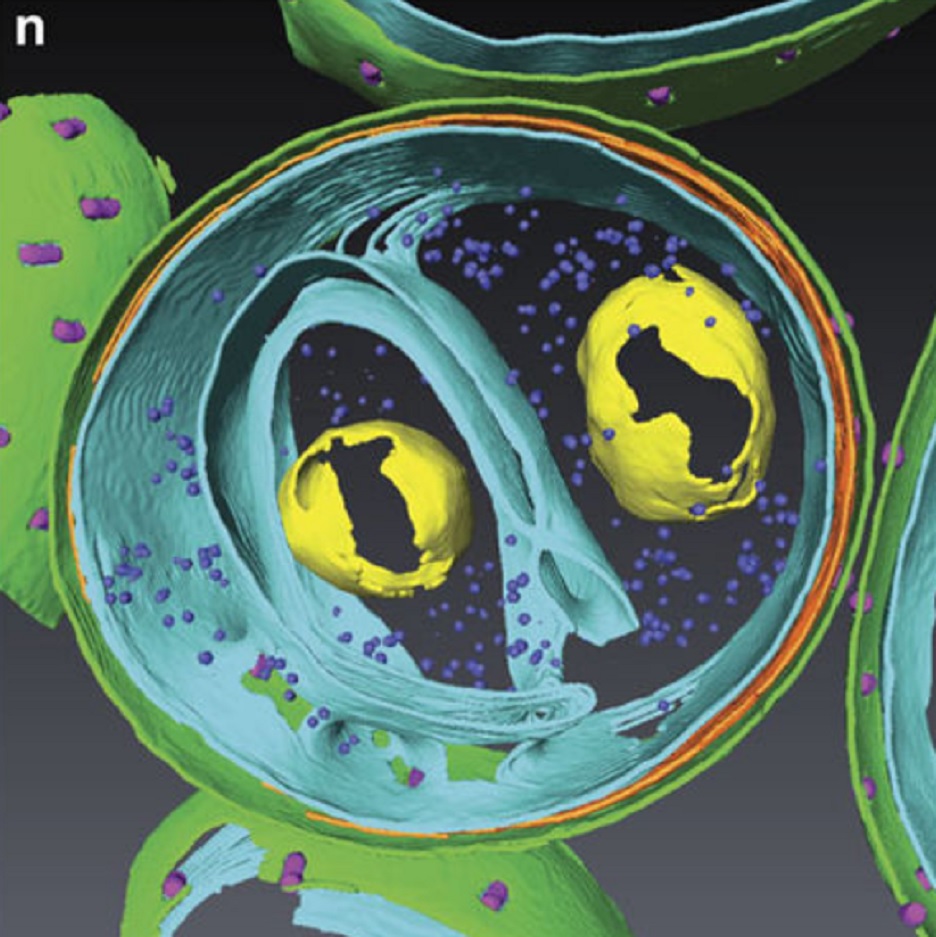
Determining the bacterial cell biology of planctomycetes
Bacteria of the phylum Planctomycetes have been previously reported to possess several features that are typical of eukaryotes, such as cytosolic compartmentalization and endocytosis-like macromolecule uptake. However, recent evidence points towards a Gram-negative cell plan for Planctomycetes, although in-depth experimental analysis has been hampered by insufficient genetic tools…
Read more
Christian Boedeker, Margarete Schüler, Greta Reintjes, Olga Jeske, Muriel C. F. van Teeseling et al.
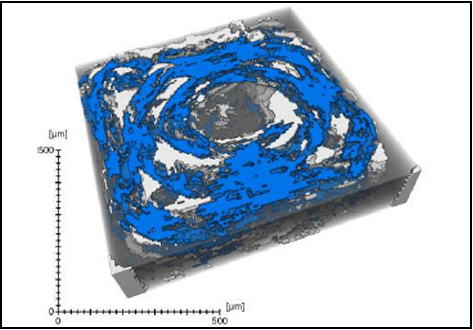
Defect detection in 3D printed carbon fibre composites using X-ray Computed Tomography
X-ray Computed Tomography (X-ray CT) has become a vital tool for product quality inspection. The X-ray CT analysis of 3D printed composites, with a layer-by-layer structure of carbon fibre/polyamide and polyamide plies, demonstrates how the void content increases with an increasing number of consecutive carbon fibre layers. Not only the void content, but also the pore
network complexity increases, as more pore types are introduced into the sample. The PolyAmide (PA) matrix has an averag... Read more
Jeroen Soete1, Brice Badoux, Yentl Swolfs, Larissa Gorbatikh, Martine Wevers